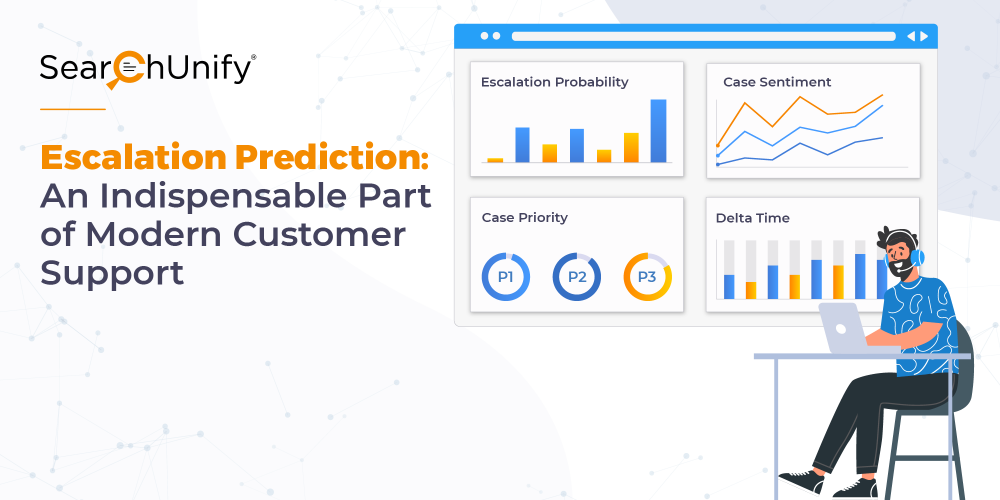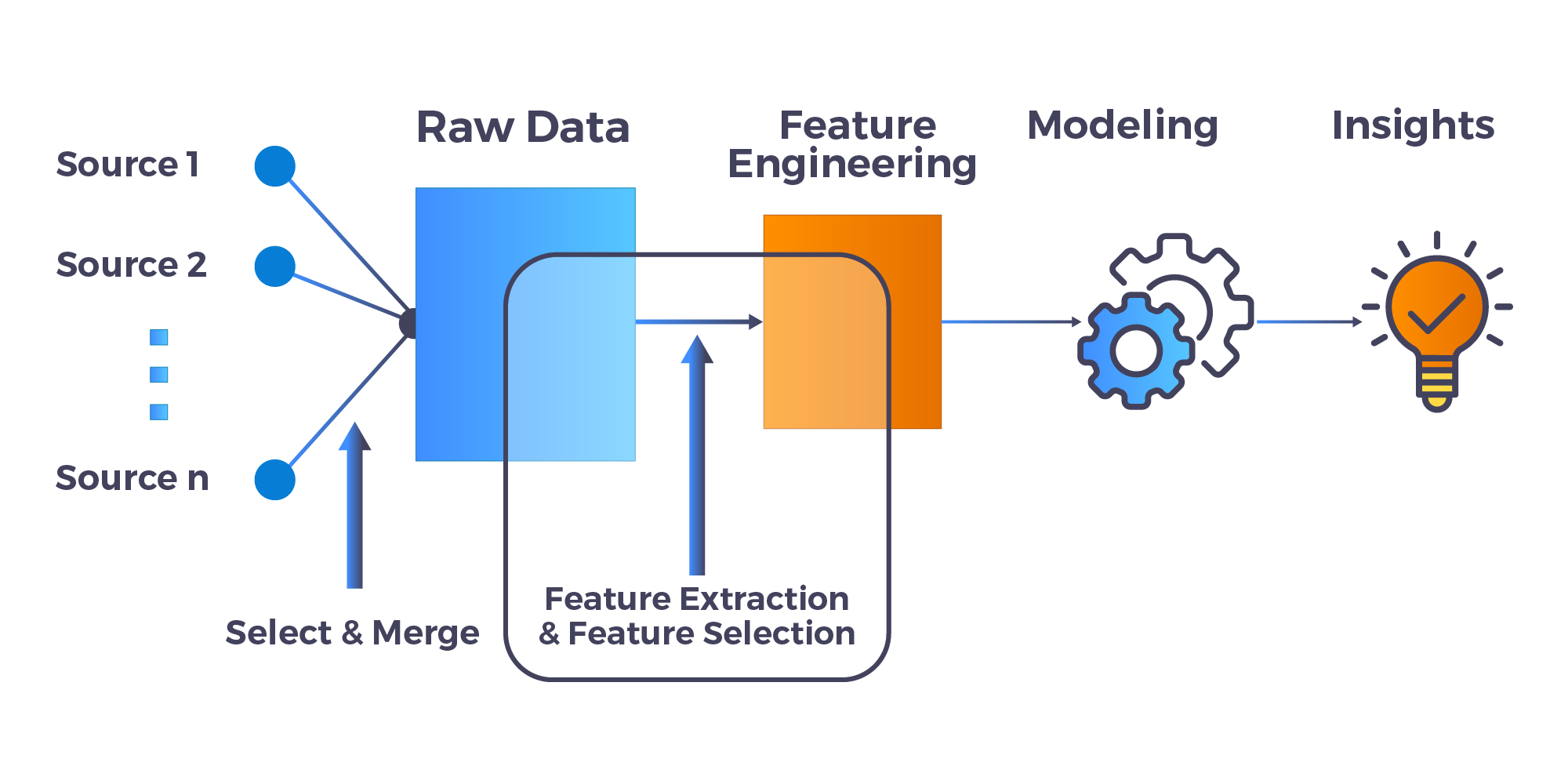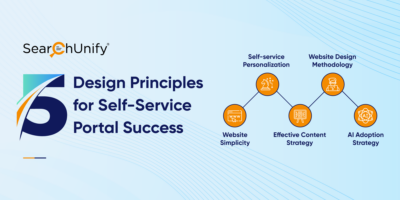
Did you know that 91 percent of unhappy customers don’t even give you a second chance? They simply switch brands without lodging a complaint. So, if you’ve become complacent with the absence of feedback, then apologies for bursting your bubble — it’s high time you tap into your complaint data before things escalate out of control. Anyway, the cost of escalations is horrifying, and imagine if you have to bear the brunt of higher customer churn on top of it. This is where escalation prediction comes into the picture. Let’s take a closer look at the whys and hows of AI-powered escalation predictors.
What is Escalation Prediction?
The automated categorization of incoming support tickets by labeling them with the class label is known as escalation prediction. To laymanize it, escalation prediction is a process by which the likelihood of an incoming support ticket leading to escalation is anticipated.
The longer the resolution time of a complaint, the more unhappy and disgruntled the customer.
AI-powered escalation predictors are the means of efficient escalation management. By analyzing the nature and severity of complaints in real-time, intelligent escalation predictors optimize resolution processes. In the next section, we’ll see how.
How Does AI-Powered Escalation Predictor Work?
Usually, escalation predictors carry out the following four steps for successful escalation management:

Step 1: Input Data
ML models act upon the data in order to generate actionable insights. Therefore, the first step is to select the platform where your support tickets are stored and select the time period for which you want to train your ML algorithms.
Step 2: Feature Engineering
The raw data now needs to be processed in order to be fed into the selected ML model. This is where feature engineering kicks in. The process of FE uses enterprise-wide knowledge to find useful features that correlate with the target class (escalations in this case).
Often, the raw data is not in a form that is receptive to learning, but you can extract features out of it that are.
Since the end goal of FE is to translate enterprise-wide knowledge into ‘useful’ ML features, feature extraction and feature selection come into play. By performing dimensionality reduction, both feature extraction and feature selection help reduce the complexity of cases and deliver a certain degree of precision during feature categorization.

By and large, feature engineering is a process of identifying the most useful features from the pool of features and target classes to minimize redundancy and maximize relevance in the feature set.
Step 3: Scoring Data
Once the features are classified, the selected ML models will take over. They’ll evaluate the relevance of each feature and measure its impact on the incoming support tickets. Based on the scores, you can ascertain the probability of a case leading to escalation and identify the cases that require immediate attention.
Step 4: Escalation Prediction
Last but not the least, predictive analytics unfold to help you anticipate escalations in real-time. Predictive analytics monitors your complaint profiles to analyze the nature and intensity of complaints. Then, it notifies your front-line staff in real-time which enables early intervention. After all, the end goal of AI-powered escalation predictors is the timely identification of support tickets or cases which might lead to escalations in order to improve your CSAT score and give you cost-advantages.
Why Is Escalation Predictor An Indispensable App?
The need of the hour is an app that can perform situational analysis and give valuable case insights for efficient escalation management. That’s exactly what an escalation predictor does.
- Empowers You to Take Preemptive Measures
Escalation is not a good sign. However, if anticipated in time, it can give you a competitive edge through improved CSAT and cost-advantages. By analyzing the available case data in real-time, escalation predictors closely monitor and identify cases that are leading to customer frustration. It also leverages NLU to interpret negative emotions in case descriptions or comments. Then, an alert is raised so that timely action can be taken to minimize the repercussions of such cases. - Enables Root Cause Analysis
While resolving issues on a case-by-case basis, you can retain individual customers. However, it is of paramount importance to identify the root cause of escalations in order to keep future escalations in check. Escalation predictor gives a comprehensive view of the complaint data, making it easier for you to identify the root cause of escalations. - Curtails Mean Time to Resolve (MTTR)
The average time taken to resolve cases is known as MTTR. Once this is established by a brand, customers expect queries to be resolved in the same or less time. Escalation predictor keeps a tab on this metric and if a case is taking longer than usual, it might be en route escalation. - Facilitates Intelligent Triaging
We all are aware of the aftermaths of unnecessary call transfers — longer handle time, increased support costs, and disgruntled customers. ML-powered escalation predictor enables intelligent triaging in order to connect you to the best agent right off the bat. It picks out words and phrases from the cases/tickets and rummages through historical data to find the most suitable matches.
Fun Fact: In an ideal world, you should aim for an escalation rate of zero percent. Nonetheless an escalation rate of 10 percent or less is justifiable.
Want to Quantify Your Escalation Management Efforts? Here’s a Complete Guide for You!
The two fundamental metrics of desktop support are customer satisfaction and cost per ticket/case. By bringing down escalations at your support desks, you don’t just improve the overall brand experience but you also gain cost-advantages. Download our eBook The Complete Guide to Cost Per Ticket to learn how you can quantify your escalation management efforts.


















